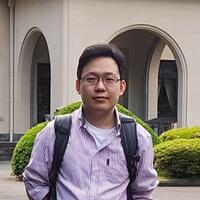Research Experience
-
2023.09-Now
Waseda University Graduate School of Advanced Science and Engineering Assistant Professor (without tenure)
-
2023.04-Now
Tokyo Institute of Technology
-
2023.04-2023.08
Waseda University School of Advanced Science and Engineering Research associate


Click to view the Scopus page. The data was downloaded from Scopus API in March 11, 2025, via http://api.elsevier.com and http://www.scopus.com .